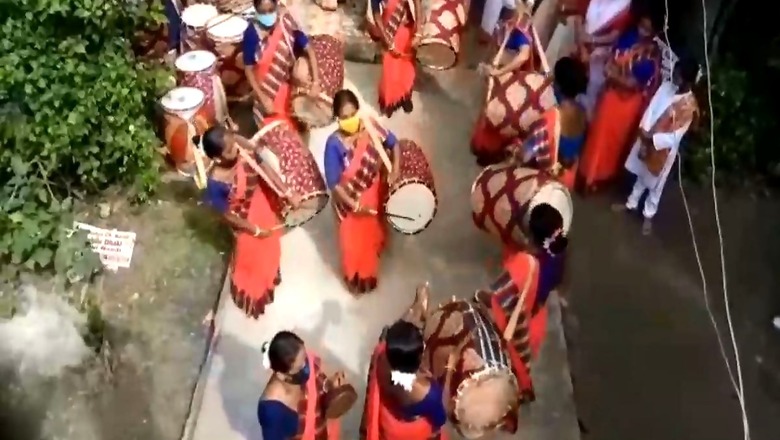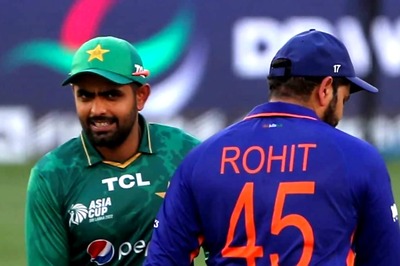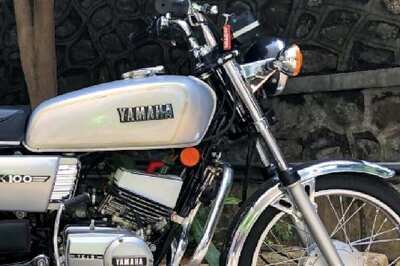
views
For every Bengali out there, waking up to the sounds of the dhak (traditional drum) playing is one of the biggest symbols of Durga Puja. It is as important a part of the festival as the famous dhunuchi naach (ritual dance). Being a dhaki or drummer is traditionally considered a man’s domain, but now women are breaking the mould to create divine music. In recent years, the demand for women dhakis has increased. From puja, birthday, to upanayan (religious thread ceremony), to political rallies: they are in demand for all occasions.
Artists from Nattapara in Kalyangarh are famous for their folk art. Three from an adivasi family participated in the 1982 Delhi Asiad. Sajal Nandi is the most educated member of this family. In the name of his father, late Amulya Chandra Nandi, he started a cultural educational institution to preserve the family tradition. He teaches drums along with other instruments like shehnai, flute, and dhol. Many men and women from far and wide, like Habra, Ashoknagar, are established today after training at this institution.
Similarly, about 50 women have brought pride to the area by playing the drums. There was a time when after the rains, the unemployed agricultural workers used to leave the village, holding the hand of their son or brother during Pujo, with the dhak. They could be seen standing at bus stands and other places in big cities from Panchami or Shasti. But the situation of women dhakis is different. One needs to book them months in advance. During the pandemic, the demand for the women dhakis had gone down initially. But after Bengal chief minister Mamata Banerjee announced Rs 50,000 for each Durga Puja committee in the state, they started receiving bookings.
Gokul Chandra Das, one of the most famous and gifted dhakis, started training the women in his family around 10 years ago. This dhaki, who’s even performed at the Hollywood Bowl, started the troupe of women dhakis with his daughter-in-law, Uma Das, and daughter, Tuku. When the troupe first started, it had just five members: Uma, Tuku, and their neighbours, Lakshmi, Jyotsana, and Rimi. And they did face the ire of the villagers initially.
The group started flourishing slowly, and first performed at Durga Puja pandals in 2011. The crowds might have been taken aback then, but after their appearance in a popular Bengali talent hunt on television, the troupe gained a certain amount of fame. Since 2015, they’ve been invited to perform at various Durga Pujas in Kolkata, and other areas of Bengal.
How did Gokul Chandra get the idea of training women? He was once attending a concert with tabla maestro Ustad Zakir Hussain in Los Angeles where he came across a woman musician demonstrating saxophone, clarinet, trumpets, etc, to customers by playing them all by herself. If a woman in the US can do so to earn why not girls back in Bengal, he thought. That’s when the idea struck, to have an all-women dhaki team from Bengal. And so he started with women from his own family and village.
Read all the Latest News and Breaking News here




















Comments
0 comment